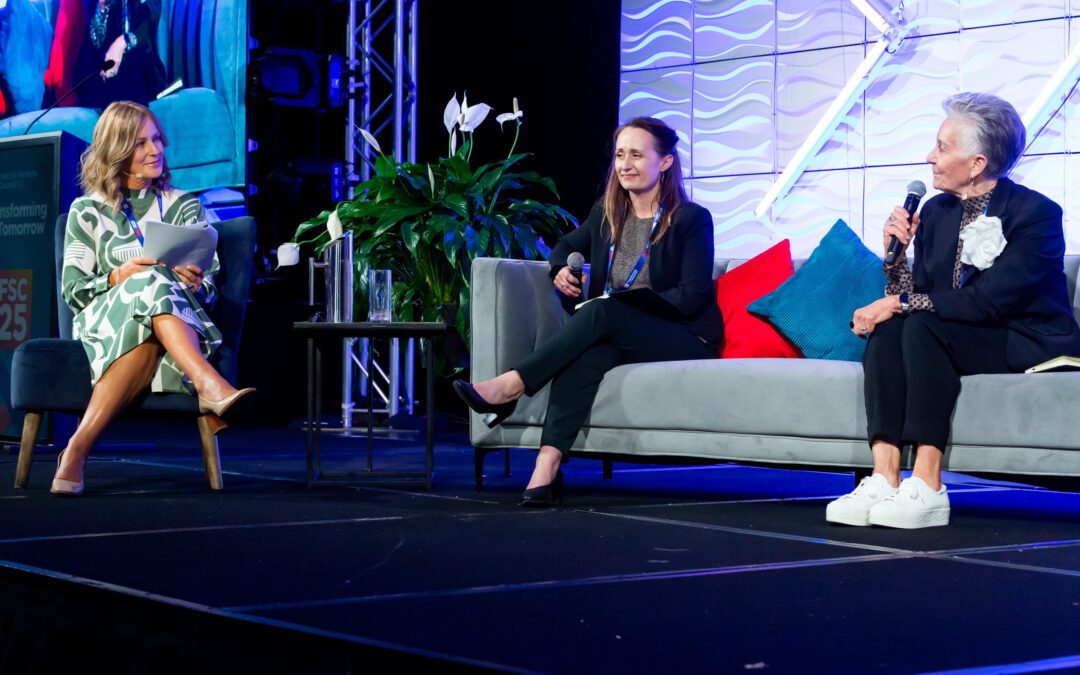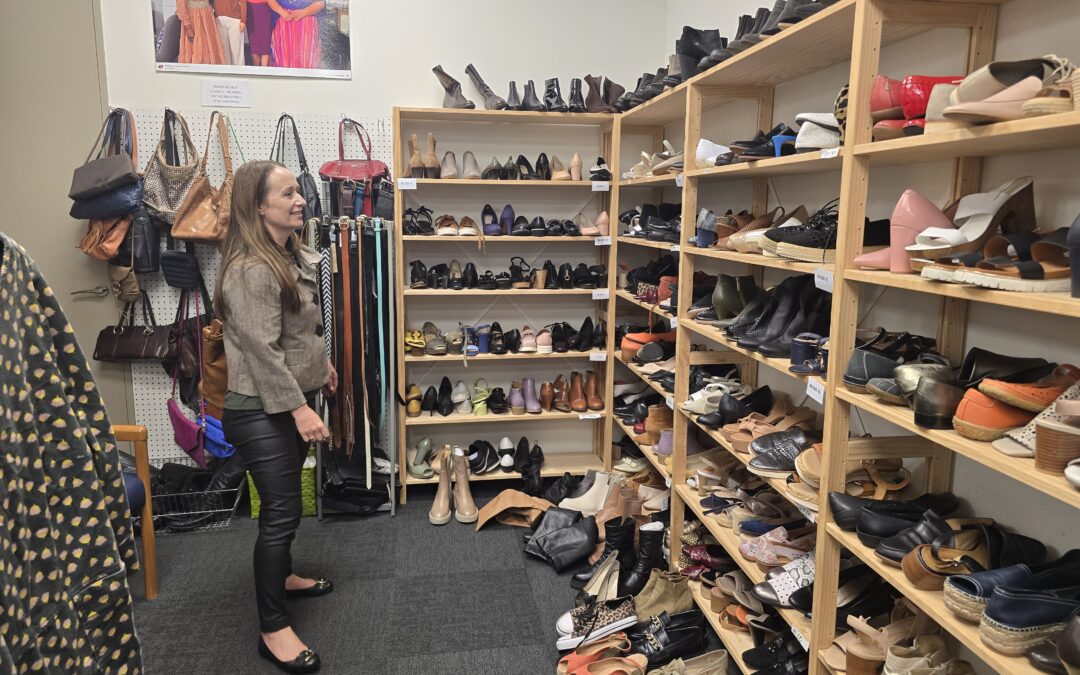Paying off your mortgage is a key part of provisioning for retirement, but ultimately it’s only one part – because you can’t eat your house!
People often rely on downsizing to release the cash they need to help them with big bills, or just to help fund their retirement.
However, some people want the money before they’re ready to downsize, sometimes they’ve already downsized to clear the remaining mortgage, and sometimes downsizing frees up less cash than they’d hoped.
When downsizing isn’t an option, but an injection of funds is required, some people consider a reverse mortgage. It’s exactly what its name suggests: a mortgage, but in reverse.
So, rather than paying the interest on the loan and working away at repaying the principal, you make no repayments and the interest is added to the loan balance, so the loan gets bigger over time, instead of smaller.
That will mean what ultimately gets paid back to the bank will be much more than you originally borrowed.
Like any big financial decision, it’s important to make sure you’re clear about what you’re signing up for and what impact it will have, so consulting a financial advisor is a good idea.
But for starters, here’s a rundown of a few things you need to know about reverse mortgages.
How does it work?
Banks that offer reverse mortgages have set criteria as to who is eligible and how much they’d be prepared to lend to you, based on your age and your home’s value.
Based on Heartland Bank’s criteria, you need to be at least 60 years old, your home needs to be worth at least $250,000 and you need to be mortgage-free.
The interest is added to the loan every month, and the loan is repaid when you sell your property.
What you can borrow.
Just because you own a mortgage-free home that’s valued at a million dollars, don’t expect to be quid’s-in for a million bucks! Banks that offer reverse mortgages limit the percentage of the home’s value that you can borrow based on your age. The younger you are, the smaller the percentage of your home’s value you’d be able to borrow.
For example, if you’re 60 and your home is worth a million dollars, the most you’d be able to borrow is $150,000 or 15%. If you’re 80, you could borrow 40% and at 90 or older you could borrow 45% of the home’s value.
Compounding interest.
The interest rate charged tends to be higher than the rates available for mortgage lending. For example, the rate for Heartland reverse mortgages is 6.2% versus fixed mortgage rates as low at 2.6%. That means the size of the loan will grow at an increasing pace, because that 6.2% is added to the balance monthly, meaning each month there’s a larger sum to be charging interest on. For example, based on Heartland Bank’s calculator, if you borrowed$100,000 at age 60, by the time you’re 80 the loan would be $344,460 and by the time you’re 90 it would be $639,305. But the average length of a reverse mortgage is only 7 years, and the rising value of your home will likely go someway to offsetting the cost of the loan.
Safeguards
There are a few crucial terms you should make sure are included in any arrangement you make for a reverse mortgage – but they should be standard with reputable companies.
- Make sure the contract stipulates that negative equity is prohibited, meaning that even if the loan grows to be larger than the value of the house the bank can’t force you or your estate to pay back any more than the amount your home is sold for.
- Ensure the contract stipulates lifetime occupancy – so the bank can’t sell for any reason other than your death.
- If you’re a couple, have the contract in both your names so something happening to one of you doesn’t trigger the home to be sold.
- Get a no repayments guarantee – so you’re not forced to make repayments on the loan before your home is sold.
What to consider before you apply for a reverse mortgage:
Reverse mortgages need to be considered alongside all your other options and trade-offs, and as part of a wider strategy to ensure a comfortable retirement. So, consider:
- Can you downsize your home or move to a cheaper location to release equity?
- Can you minimise living expenses to allow you to save up a portion of the sum you planned on borrowing, or reduce the cost of what you intended to spend the money on (i.e. is it all necessary?)
- Do you have land you could subdivide off your property? There are costs involved with this, but it is another option for you to release equity.
- Could you sell off other assets?
When you’re over 60, you need to be making decisions with the next 30 years of your cash flow in mind – so it’s important you speak to a financial advisor to help you determine what is the best option for you.
That’s where we can help – click here to book a consultation with one of our expert advisors. (A fee applies).
Disclaimer: This blog post is for informational purposes only and does not constitute individual financial advice. If you’re interested in receiving personalised financial advice, you can book in a consultation with an enable.me coach. Costs apply.


